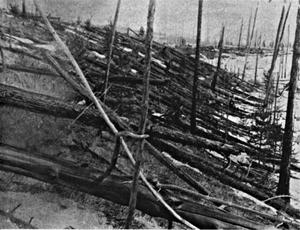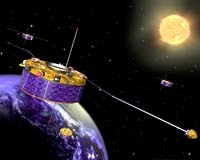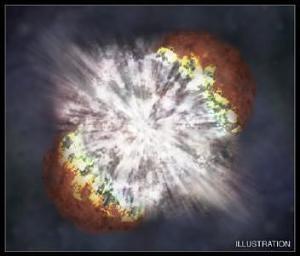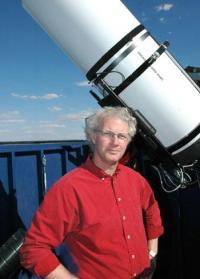
|
| ©Unknown |
| When Russian mineralogist Leonid Kulik made his way to the remote Tunguska River basin, his group found thousands of pine trees lying burned in a radial pattern. |
JUNE 30, 1908.
Reindeer graze beside the Podkamennaya or Lower Stony Tunguska River that winds through the Siberian steppes.
The tents of a few herdsmen stand nearby, but hardly anyone else lives in this land of swamps and forests.
7.14 am. Pine trees glow in the summer light. The morning is blue and cloudless.
Then a blinding ball of light rips across the sky, trailing a column of fire.
Some eye-witnesses say the light was red. Others claim it was blue, and cylindrical in shape.
It races down towards the Tunguska River, and explodes.
A spear of fire splits the sky. Explosions boom across the land.
A dark mushroom cloud begins rolling upwards. It will reach a height of 80km: ten times higher than Mt Everest.








Comment: For more articles on this subject see: Red hair a part of of Neanderthal genetic profile, Red hair a legacy of Neanderthal man, Neanderthals 'were flame-haired', Ancient DNA Reveals That Some Neanderthals Were Redheads, and Some Neanderthals were redheads - Bones yield genetic data that adds red hair, light skin and maybe freckles.